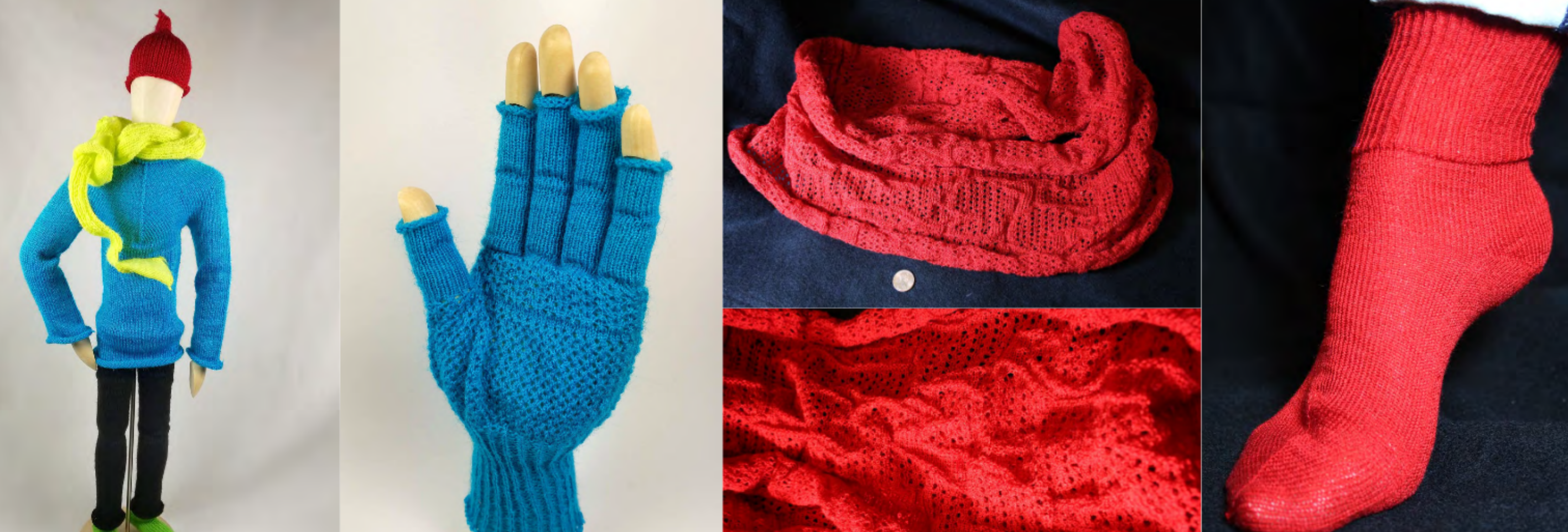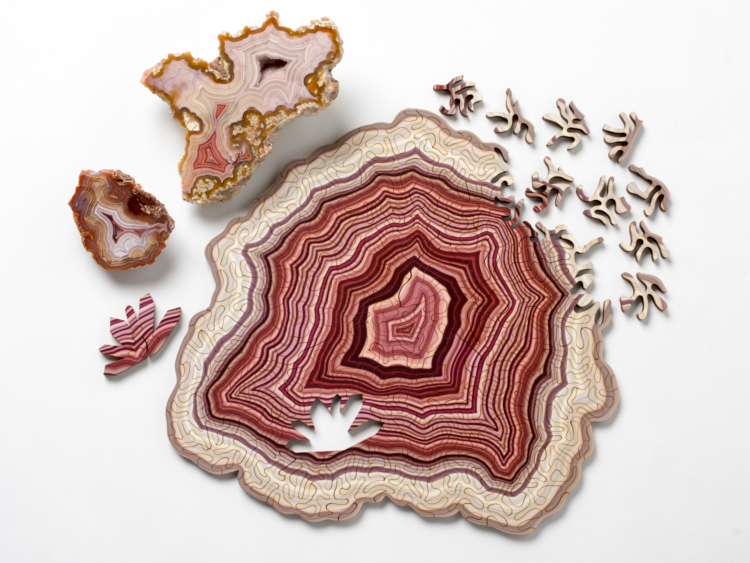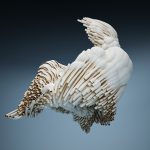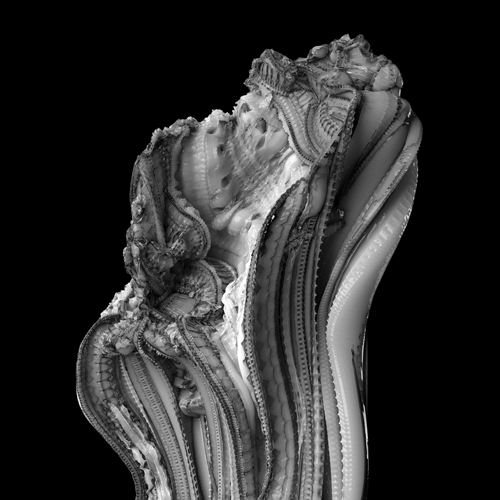/* Chelsea Fan
Section 1B
chelseaf@andrew.cmu.edu
Project-03
*/
//Changes in size, position, shape, and distance
function setup() {
createCanvas(640, 480);
noStroke();
}
function draw() {
background(173, 216, 230);
fill(255,255,0);
//MouseX can move from 50 to 450
var mouse = max(min(mouseX, 450), 50);
var size = mouse * 400.0 / 640.0;
//Rabbit 1
//Body
fill(250, 250 , 250);
ellipse(10+mouse*350/640, 225, size, size+50);
//Tummy
fill(255, 228, 225);
ellipse(10+mouse*350/640, 235, size/1.5, size+20);
//Head
fill(250, 250, 250);
ellipse(10+mouse*350/640, 180, size, size);
//Ear
ellipse(3+mouse*350/640, 160, size/8, size);
ellipse(15+mouse*350/640, 160, size/8, size);
//Eyes
fill(211, 211, 211);
ellipse(mouse*350/640-3, 180, size/4, size/4);
ellipse(15+mouse*350/640, 180, size/4, size/4);
fill(0)
ellipse(mouse*350/640-3, 180, size/8, size/8);
ellipse(15+mouse*350/640, 180, size/8, size/8);
//Purple square
fill(216, 191, 216);
size = 300-size;
rect(width-mouse*350/640-140, 230, size, size);
rectMode(CENTER); // center rect around 0,0
}
I used my last Project’s bunny drawing as a template for this new and improved dynamic bunny. I enjoyed learning how to incorporate the mouse location into the dynamic drawing.
![[OLD FALL 2019] 15-104 • Introduction to Computing for Creative Practice](../../../../wp-content/uploads/2020/08/stop-banner.png)



